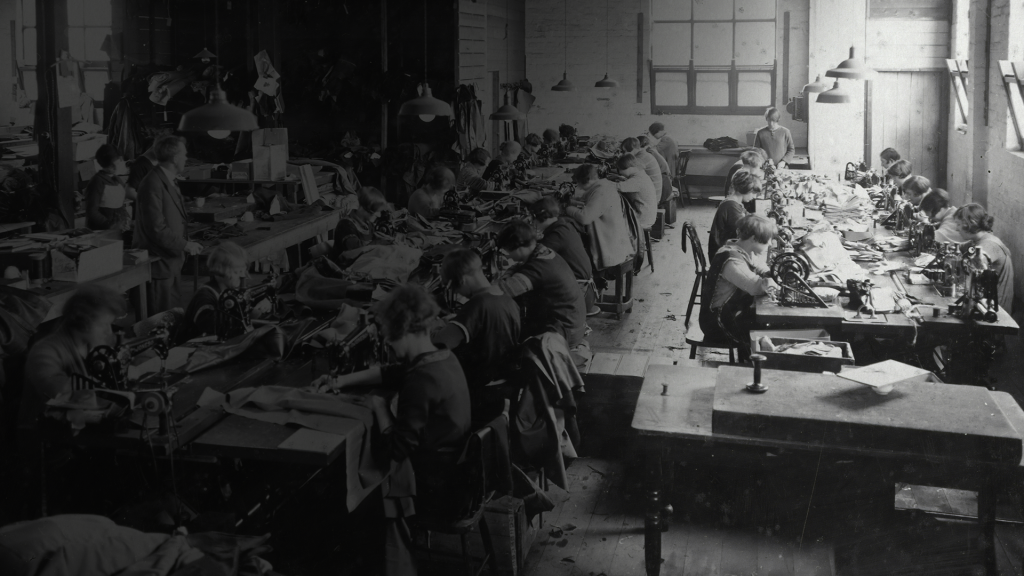The Origins of Quality Management
It can be said that the origin of quality management dates back to the early decades of the 20th century, with the advent of the Industrial Revolution. However, it was only in the post-war period (1945) that the sector truly reached its peak.
From then on, the concept of quality took on new dimensions and reached a vast scope. It has been discussed and applied in the most diverse sectors of society and even seen as a philosophy of life for many people. In the business context, more specifically, quality refers to the excellence or superiority of a product, service, or process in meeting the needs and expectations of customers (and other stakeholders).
The Evolution of Quality Management
The understanding and application of quality management have undergone several changes over the years. The idea of bureaucracy and rigid processes ended up tarnishing the image of quality, making it something trivial and even unimportant for some companies, perhaps even harmful.
The Importance of Reclaiming Quality
Now more than ever, we need to talk about quality. We need to rescue it from mediocrity and ensure that it continues to improve businesses and people’s lives. Without quality, we are doomed to a chaotic world where every purchase is a shot in the dark and business relationships are a constant conflict. To achieve this, let’s take a look at how things have evolved.
Quality Management and ISO 9001 over the past 37 years
To understand modern quality management, we need to understand ISO 9001, the world’s largest and most accepted quality standard. This standard is one of the most effective ways to ensure quality in an organization, doing so through the implementation of a quality management system (QMS).
However, to adapt to today’s world, ISO 9001 has undergone several changes over time. All this to keep up with the changes in the business environment and the expectations of customers and other stakeholders.
These changes show us how much the area has evolved and helped people and businesses. The first version of the standard was published in 1987 (37 years ago) and since then it has been the biggest driver of quality worldwide, ensuring innovation and customer focus. Let’s take a look at the focus of each of the versions we’ve had so far:
- ISO 9001:1987 – Based on the British standard BS 5750, this was the first version of the standard, focused mainly on the quality of the final product (Quality Assurance).
- ISO 9001:1994 – This revision expanded the focus beyond the final product, starting to address production processes and quality management as a whole. The famous Quality Manual also appears here.
- ISO 9001:2000 – In this revision, there was a fundamental shift to a process-based approach, where the organization must identify and manage interconnections between processes, rather than just focusing on isolated procedures. Despite the broader scope, the implementation was simplified, giving a little more emphasis on customer satisfaction and continuous improvement.
- ISO 9001:2008 – This revision brought improvements and clarifications over the previous version, but did not introduce significant changes to the quality management system. However, here we began to have a broader concern with other stakeholders beyond the customer and we began to think about the integration with other management systems (MS), such as ISO 14001.
- ISO 9001:2015 – The most recent version, this revision further broadened the scope of the standard, emphasizing the importance of risk management, leadership involvement, and customer focus. It also emphasizes the need for continuous improvement in all aspects of the organization. Two interesting changes were the exclusion of the Management Representative (MR) and the Quality Manual (which becomes “optional” after this version).
- ISO 9001 under revision – Once again the standard is under revision, with publication scheduled for next year. It is believed that climate change will be on the agenda. We have created content about the revision with all the information available.










